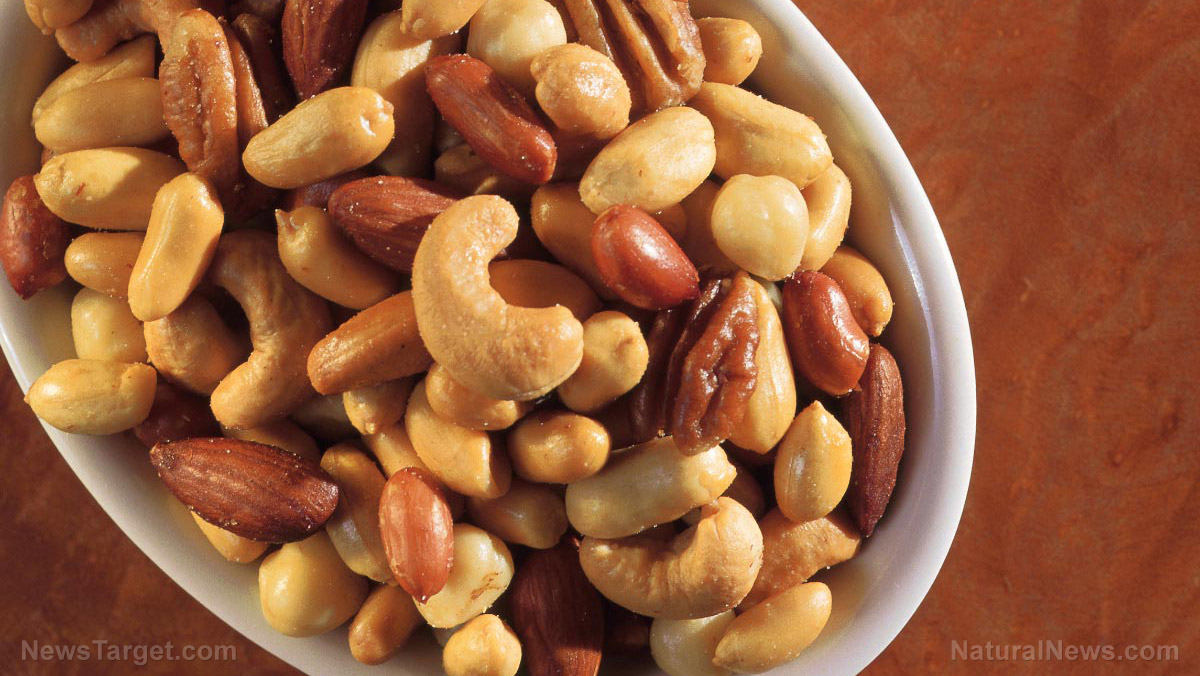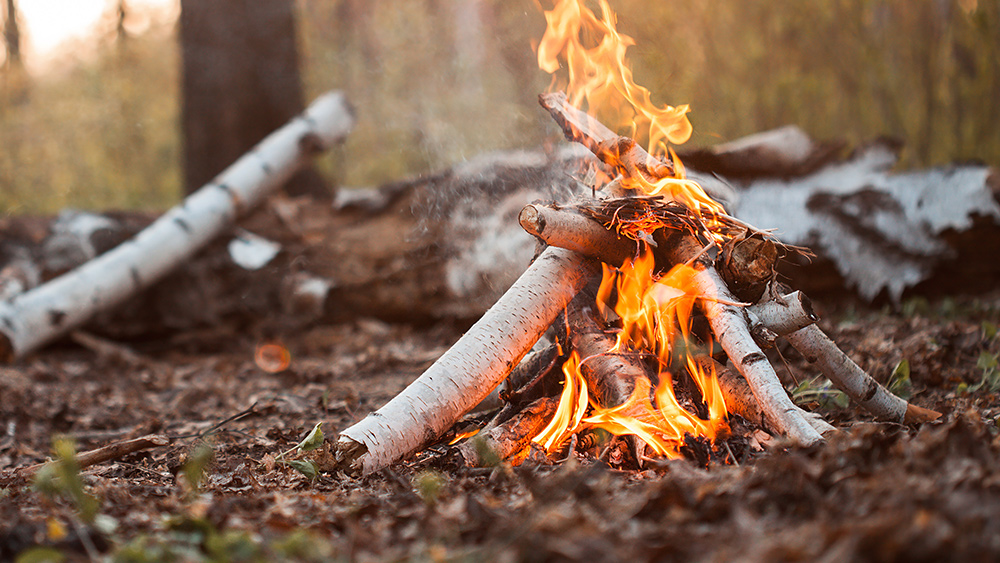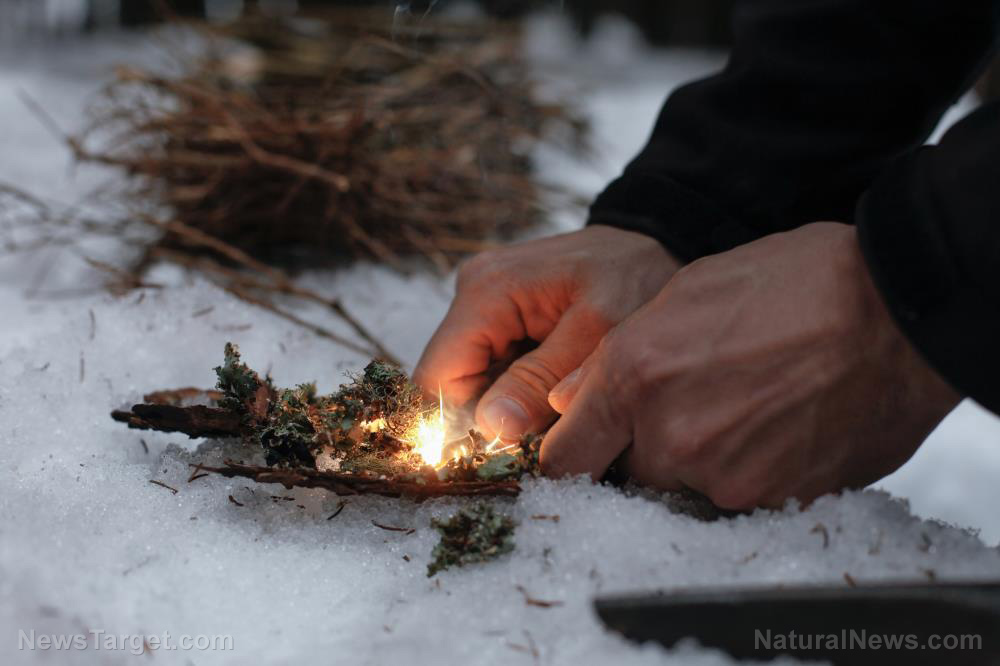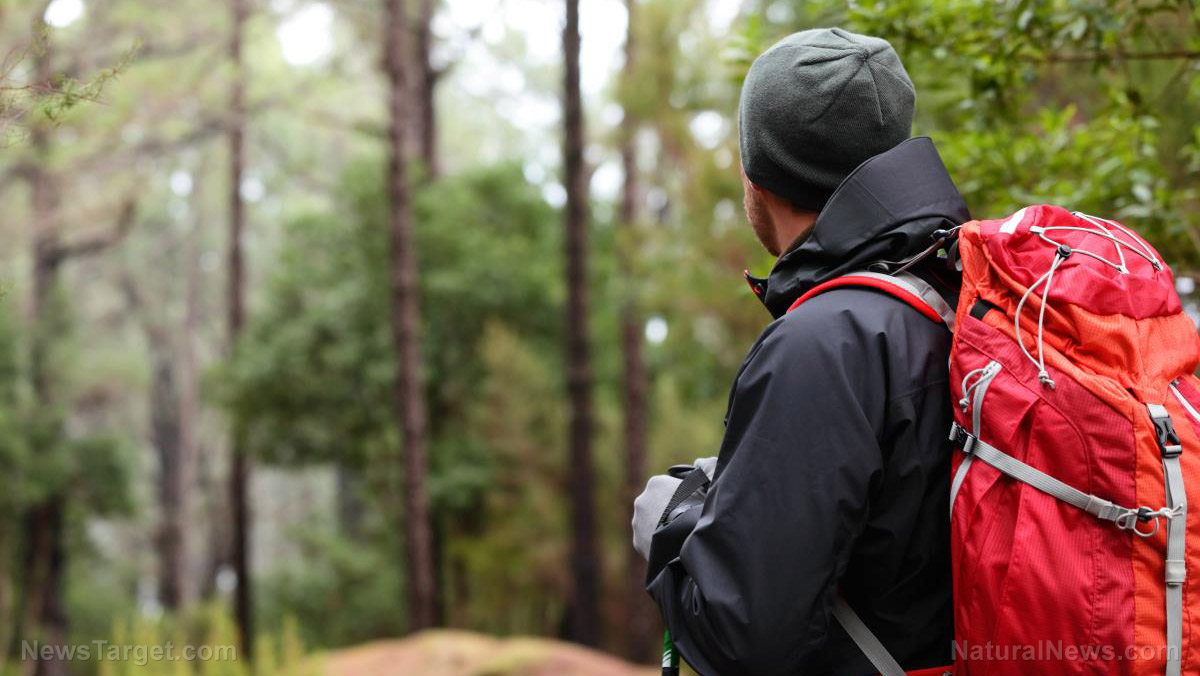
Hickory nuts are great emergency food for foraging preppers. With over 19 different varieties of hickory trees in existence, finding hickory nuts shouldn't be a challenge, even for urban preppers. If you're a beginner, here's a guide to help you identify, harvest and preserve hickory nuts for your prepping and survival needs.
Identifying hickory nuts
The best way to identify hickory nuts is to know what they look like. There are many nut-bearing trees in North America, and it is crucial for a forager to recognize the difference between edible and poisonous nuts. (Related: Don't poison yourself: 5 things to keep in mind when foraging for edibles in the wilderness.)
There are many kinds of hickory nuts. Here are some of the most popular ones that you can find, and where they are located in North America.
- Southern shagbark hickory - The southern shagbark produces a round fruit that can be between one to two inches wide and a little under two inches long. The nut is covered by a thick, dark husk. Southern shagbark hickories are found in the Eastern and Midwestern United States.
- Mockernut hickory - This nut grows to around 1.5 to two inches long and has a thick dark-brown husk. The tree that produces this nut can be found all over the U.S., but it's more common in the eastern half of the country.
- Bitternut hickory - Bitternut hickory can grow from around 0.8 to 1.6 inches long. It has a thin, dark husk husk and can be found all over North America. Be warned that while it is edible, it has a bitter and unpleasant taste.
- Pignut hickory - Pignut resembles a pig's nose and it's around an eighth of an inch to one inch wide and an inch long. It has a thin and light brown husk and grows across the Eastern U.S. and Canada. Like butternut, pignut is edible but has an astringent taste.
- Sand hickory - Sand hickory measures between half an inch to less than 1.5 inches long. It has a thin, light brown husk and is almost completely round. The sand hickory is native to southeastern United States.
- Shellbark hickory - The shellbark tree has one of the largest nuts in the hickory family, averaging at around 1.5 inches wide. It has an extremely thick husk with a dark brown color.
Harvesting
While it might be tempting to pick a huge hickory nut right off the tree, the reason these have not fallen is that they have not fully matured. The best way to harvest hickory nuts is to pick up the nuts that have fallen on the ground.
Once you have your hickory nut, use a knife to cut into the thick husk and crack it open. Alternatively, you can use a hammer to open it. While this method is easier, it could also break the meat inside the nut into multiple pieces. To avoid this, bring home the nuts you have foraged and use a nutcracker to open them.
Preserving
The best way to preserve hickory nuts is to dry them. You can dry them naturally, which will take between three days to a week. Naturally dried nuts can last up to 24 months if they are stored in a container and kept in a cool, dry place out of direct sunlight, such as in a root cellar, garage or basement.
You can also roast hickory nuts in an oven. Set the oven at 300 F and roast the nuts for 30 minutes to two hours. Allow them to cool until they reach room temperature. Roasted hickory nuts will not last more than 21 days.
Hickory nuts are a great survival food item. Among other things, they can help boost your energy, stabilize your blood cholesterol and improve your digestion. So long as you know how to identify the trees that bear them, you can safely harvest and preserve hickory nuts for later use.
Sources include:
Please contact us for more information.





















